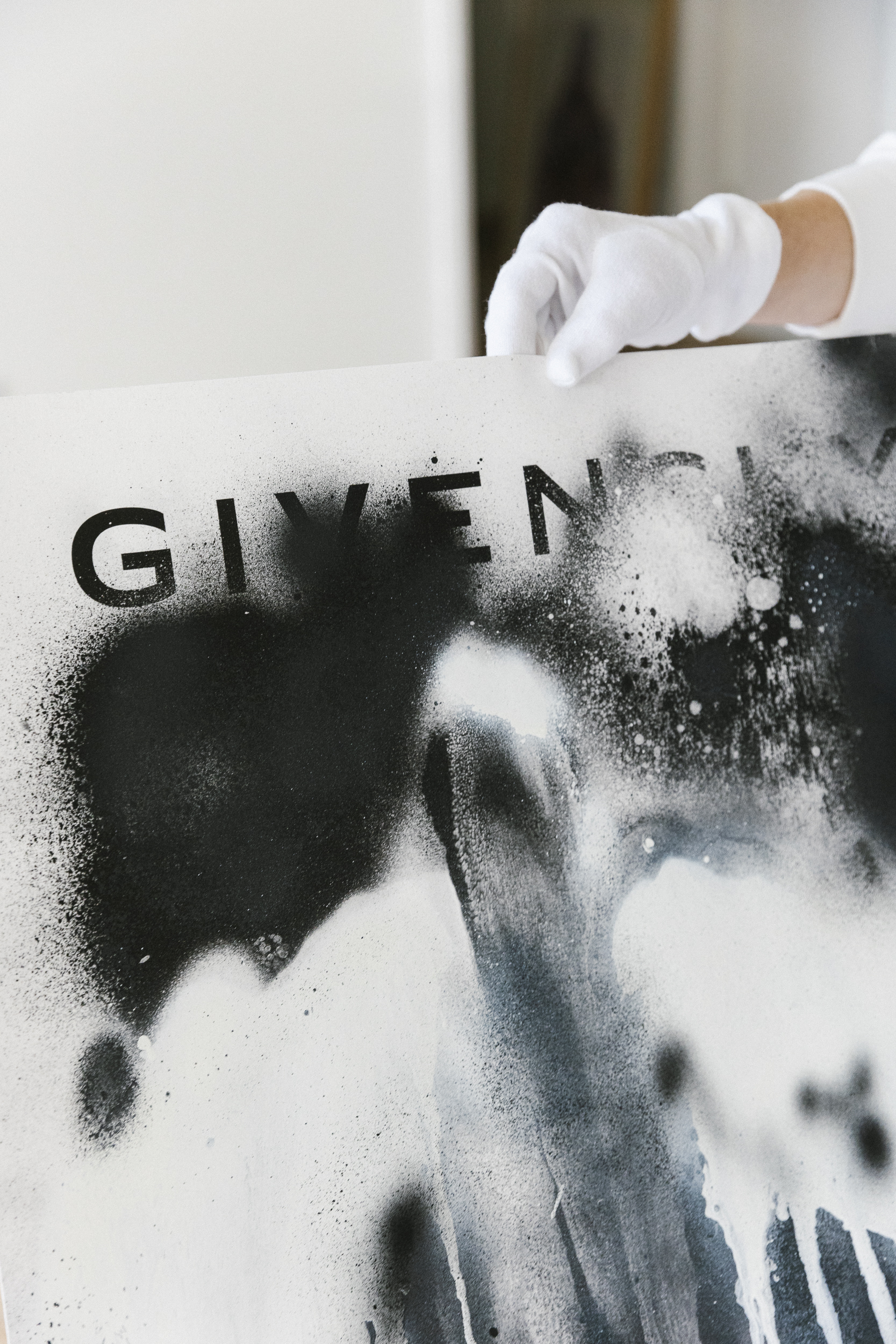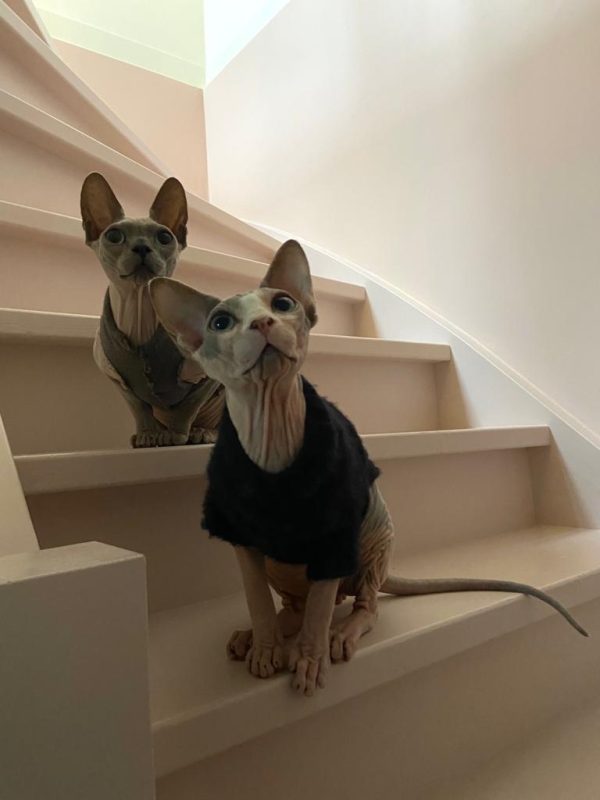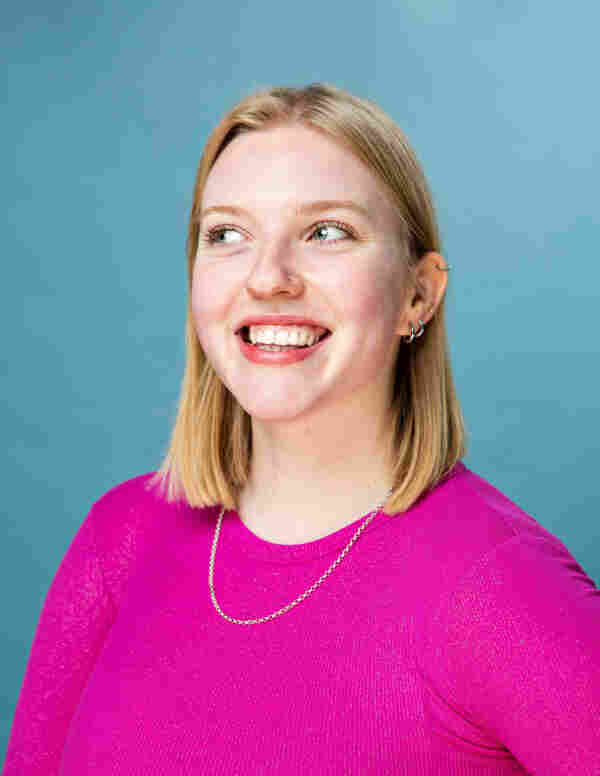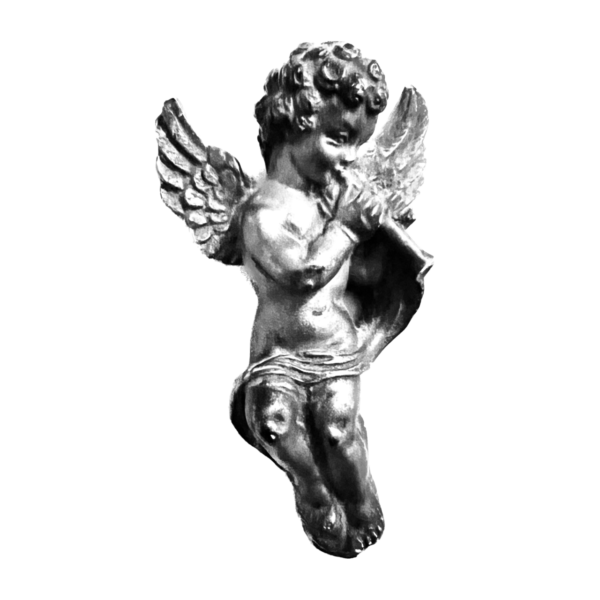Read Time 7 minutes
Tearing it up with Stefan Gunnesch
Meet Stefan Gunnesch, the German visual artist using collage to explore questions of identity and matters of the body.
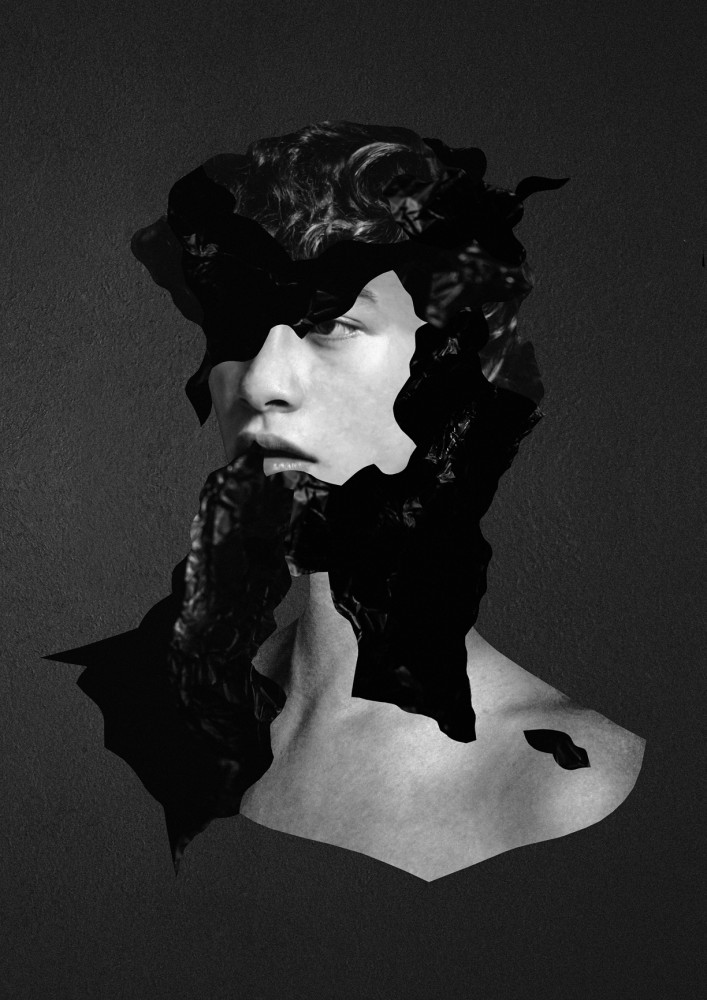
Tell us a bit about your artistic background? Where do you think you found your eye?
My artistic career began with my studies, in which I specialised in illustration and book design. This is where I found my eye for composition, colour and storytelling. I was able to work very freely and conceptually on my projects. This gave rise to my passion for artists’ books, which I have since designed, produced and published myself in small editions.
In the first years after my studies, this was my creative focus. At that time I also worked as an artistic associate at the art university, teaching artistic book design. The incorporation of collage as one of my main techniques happened in the following years. I first used it to create illustrations for my books. But the technique attracted me so much to experiment and create, so that in 2016 I had my first solo exhibition with collages. Since then it has become an important part of my artistic work.
What is the process of building a collage for you; do you start with the images or the shapes, or the final design in mind?
My process is a very intuitive one. I usually work on the collage over a longer period of time and let flow into it what inspires me, what happens inside me and around me. I never actually have a finished image in mind, it’s more about a mood I want to dive into in order to work on a certain theme. Each new work starts with a photograph as a visual starting point, which I constantly change and abstract by cutting out different parts.
In the next step, I add more collage elements, textures, colours and paint to the altered photograph to create a multi-layered surface. A kind of dialogue with the photo develops. I keep changing individual details and altering the order of the paper layers until I have the feeling that everything I want to communicate has been incorporated into the resulting image.
This artistic process has become a central part of my work—besides the final artwork, of course.
Where do you source the images for your work?
I usually shoot the photos for my collages by myself. But it’s also a special challenge for me to collaborate with other photographers. Then the artistic dialogue begins even before the creation of the photo I want to use as a starting point. I choose the photo for my work quite spontaneously and just as intuitively as I work on the collages – usually a small detail in the photo is enough to fascinate me and make me start.

Do you think the techniques of collage and photomontage retain the same radical spirit today as they were known for throughout the twentieth century?
Collage was very liberated from old traditions and also quite a provocative technique in the twentieth century. It reflected the spirit of these times, was critical and was the forerunner for many other material techniques that followed.
Nowadays you see the collage very often. We have become used to them as a stylistic device and to their aesthetics. Nonetheless, it is still a very appropriate and effective method of bringing together unrelated contexts and disparate materials. For this reason, collage is extremely exciting for me. I use it to alienate, deconstruct and dissolve already existing images. It is not just a visual technique for me alone, but directly reflects my artistic concept and themes.
You work on a lot of brand partnerships and commissions, do you find the limitations of a commercial brief to be a challenge or a creatively fulfilling experience?
Clients usually have a concrete idea of what they want. That typically becomes very clear in the briefing for the project. Nevertheless, I try to work freely at first, to check for myself what the subject and the material do to me and what thoughts it evokes in my head. Step-by-step I approach a visual solution, which I review to see if it fits the required parameters. With commissioned work, it sometimes comes to significant changes and also to the fact that the ideas and wishes of the client get mixed up and move away from the original briefing. This is also part of my work, to initiate dialogues and associations and to accompany them artistically. The pleasure of my work is that not everything can be completely planned and in the process something unpredictable and surprisingly beautiful can emerge.
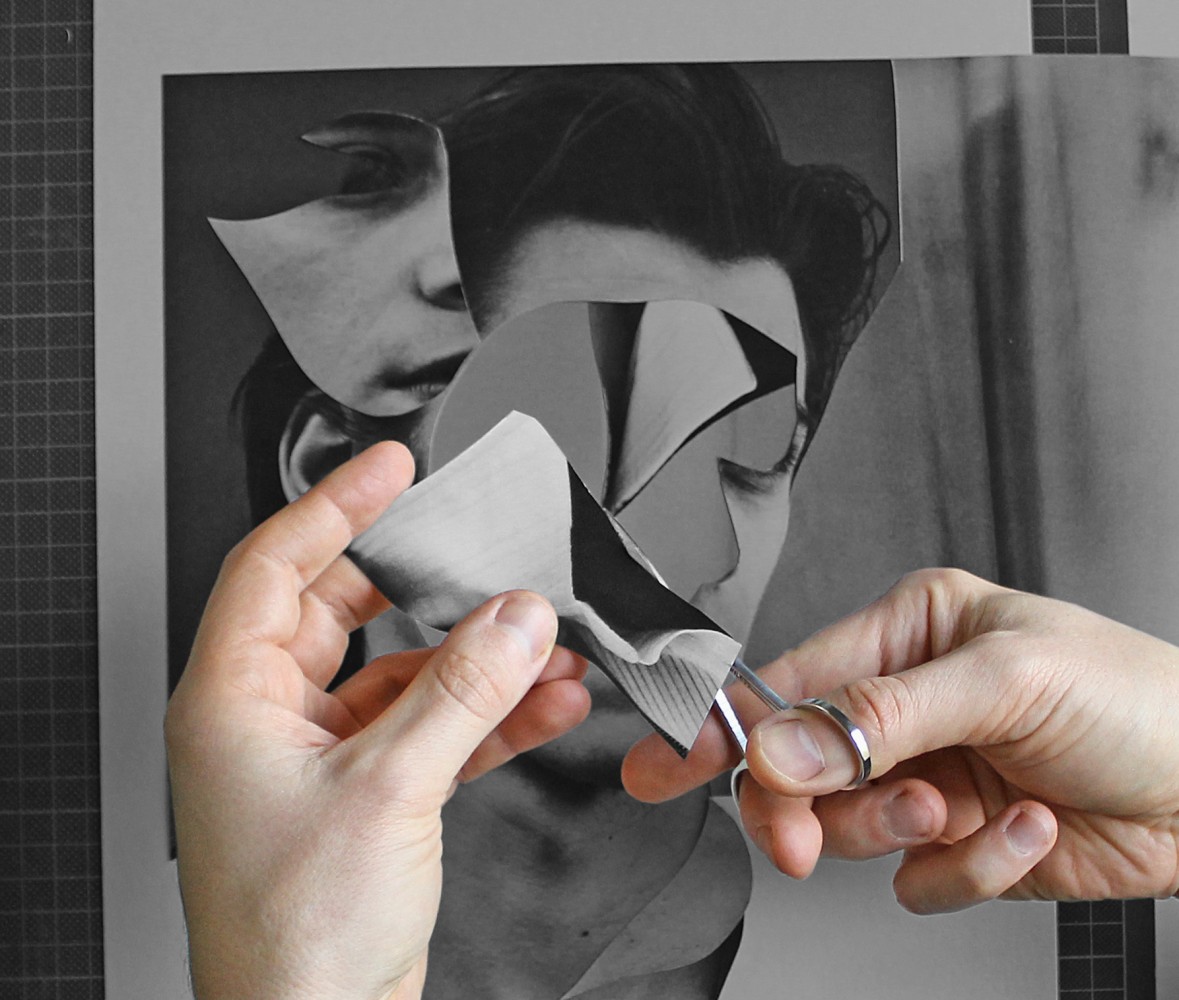
The pleasure of my work is that not everything can be completely planned, and in the process something unpredictable and surprisingly beautiful can emerge.
What are the themes you find yourself returning to again and again in your practice?
Ever since my studies, there have been themes that return and keep me busy. On the one hand, there is the very fundamental theme of identity [Who am I? Who are we? What makes us who we are? What happens when aspects of that change? When do we no longer recognise ourselves?] Beyond that, the body itself is an important subject for my work and, related to that, its transience. These recurring themes are also often the starting point for my artist’s books.
Who are your artistic heroes and heroines? Who has had the most impact on your aesthetic?
Mainly photographers, such as Francesca Woodman, Peter Hujar, Robert Mapplethorpe, Juno Calypso and Zanele Muholi, but also painters and other fine artists like Jenny Saville, Francis Bacon, Marina Abramović, Joseph Cornell and Anselm Kiefer.
Especially the works of Francesca Woodman, her examination of her own body and her identity [up to the point of dissolution] have inspired me very much over many years.

And finally, dark or light?
Actually, I feel very much at home in both worlds. Light, darkness, colour, black and white—these opposite parts are signature for my work and, somehow, they are characteristic for my personality as well. My collages always represent a personal mood or personal thought. Because of this, I feel a bond with every single one of them. So for me, it’s not about making a decision whether dark or light. It’s more about deciding which mood I want to dive in – the dark and monochrome ones or the light and colourful ones.
END
All artworks courtesy of Stefan Gunnesch.
subscribe for the latest artist interviews,
historical heronies, or images that made me.
what are you in the mood for?


